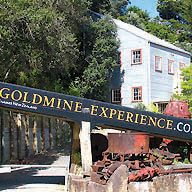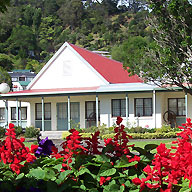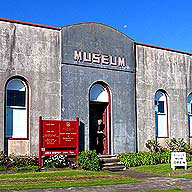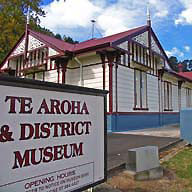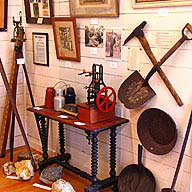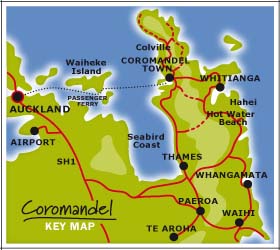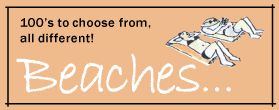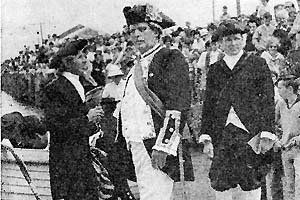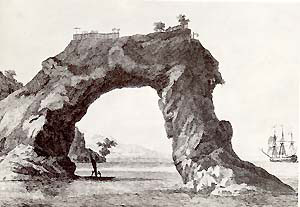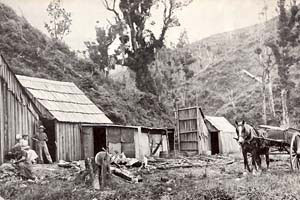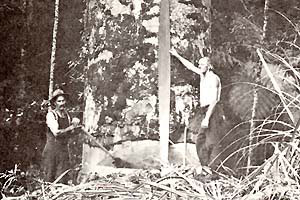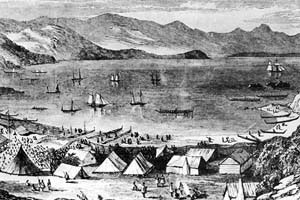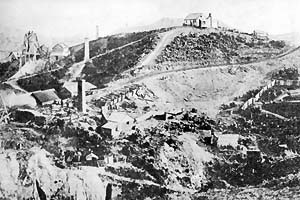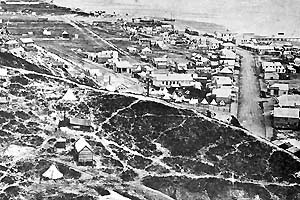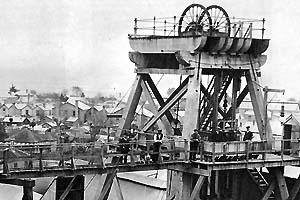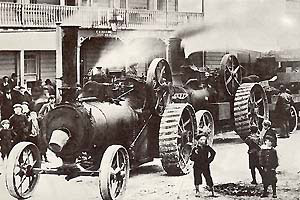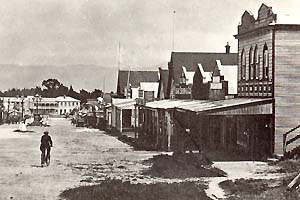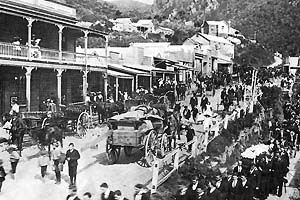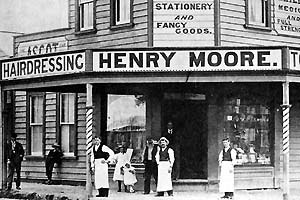Coromandel History
Timber, kauri gum and gold
Two thousand years ago the Coromandel Peninsula was covered in luxuriant forests with groves of enormous trees and thick undergrowth right to the water's edge. What a sight it would have been! The early Maoris enjoyed the coastline and fertile wetlands as an easy lifestyle and that's how it was when British explorer Capt Cook visited in 1769. Later as the more aggressive tribes acquired the white man's muskets the region saw a bloodbath of inter-tribal scrapping which almost wiped out the local Maoris. Then, a relatively short time later the peninsula was mostly bare earth, a very sad sight - the forest had been burnt off for easy access to the timber, kauri gum and gold which helped satisfy the early settler's desperate need for trade and commerce.
The Museum Tour
Thames, Coromandel Town, Whitianga, Waihi, Paeroa and Te Aroha all have excellent museums. Additionally, be sure to see the local Museums, the Stamper Battery in Coro Town and the Gold Mine Tour in Thames.
Captain Cook 1769
Captain Cook visited the Coromandel in 1769, thought he had arrived in paradise and stayed quite a few days. He raised the Union Jack in NZ for the first time, probably at a site near Cook's Beach, adjacent the entrance to the Purangi Estuary in the Stella Evered Park.
The Timber Trade
The Kauri tree was king of the Coromandel Forest and it was in demand due to its easy 'millability' and long straight trunk relatively free of side branches. The logs were flushed out of the valleys, sometimes thousands at a time. Purpose built dams were tripped to provide the push and by the 1870s three quarters of the kauris were gone!
Coromandel Town – first gold strike
Gold was discovered at Driving Creek.in Coromandel Town in 1852 by the Ring brothers. The Kapanga Mine, middle left in the photo above produced over 71,000oz of gold in a fifty year period. The other nearby mine was a complete failure.
Thames – Gold Bonanza Town
Thames in the 1800s threatened to surpass Auckland in size as gold fever took hold and it became one of the most famous gold towns on earth! The 'Queen of Beauty' mine produced 65,000oz of gold over a fifteen year period. A huge pump kept the mine dry.
The Waihi Gold Strike continues to this day...
Waihi in the boom days was NZ’s third largest town and today is still home of the country's greatest ever gold and silver mine – the open cast Martha, now at a great depth. With the gold came the latest technology, the latest traction engines. What a day for all those excited boys in the photo!
Karangahake Boom Times
The spectacular Karangahake Gorge divides the Coromandel Ranges from the Kaimais and the funeral procession (see photo) gives a good idea of the size of Karangahake Town in about 1916. Today popular walking tracks pass all types of mining relics. Henry Moore did well with haircuts, billiards and tobacco in Paeroa.
Photo # 1 - A M Isdale Photo
# 6 - School of Mines Museum Coromandel
All others with permission - Alexander Turnbull Library
PLEASE NOTE
In preparing this website we have taken special care in describing the special characteristics of the region, the natural beauty, the friendly locals, the history and the environment. Throughout it is emphasised that this is a unique region – enjoy it to the max, but at the same time, it must be respected, protected and not over commercialised.
Te Whenua te wai u mo nga tamariki. (Land is the nourishment for the next generation.)

